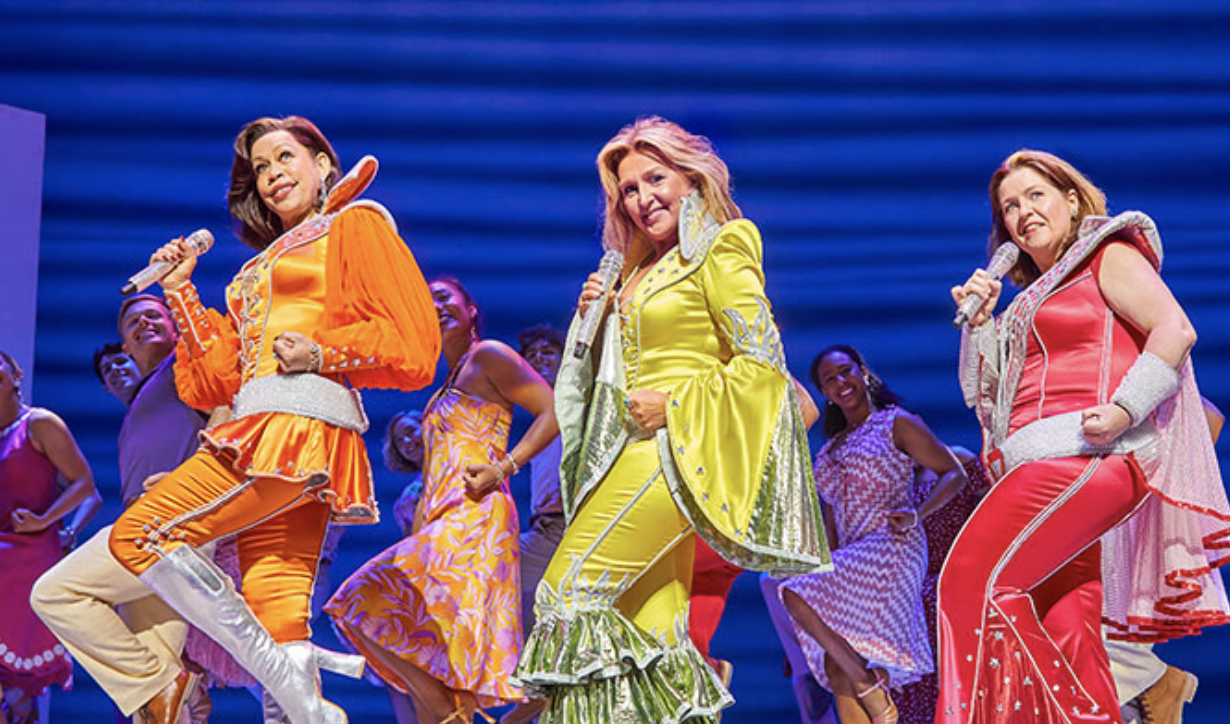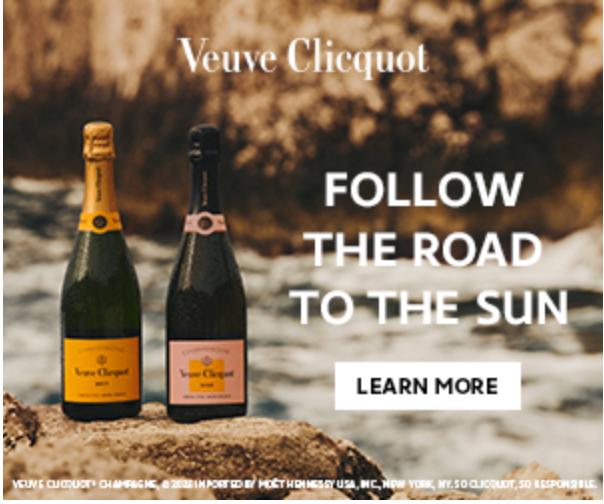Mamma Mia at Philly’s Academy of Music Aug 6-11
A mother. A daughter. 3 possible dads. And a trip down the aisle you’ll never forget! Set on a Greek island paradise where the sun always shines, a tale of love, friendship, and identity is beautifully told through the timeless hits of ABBA. On the eve of her wedding, a daughter’s quest to discover the father she’s never known brings three men from her mother’s past back to the island they last visited decades ago. For nearly 25 years, people all around the world have fallen in love with the characters, the story, and the music that make MAMMA MIA! the ultimate feel-good show.
For tix and more info about Mamma Mia at Philly’s Academy of Music, click here.




[…] ENTERTAINMENT […]
[…] often we talk about food and wine and it’s usually for dates, romantic nights out, date night, anniversaries, […]
[…] often we talk about food and wine and it’s usually for dates, romantic nights out, date night, anniversaries, […]
[…] often we talk about food and wine and it’s usually for dates, romantic nights out, date night, anniversaries, […]
[…] often we talk about food and wine and it’s usually for dates, romantic nights out, date night, anniversaries, […]